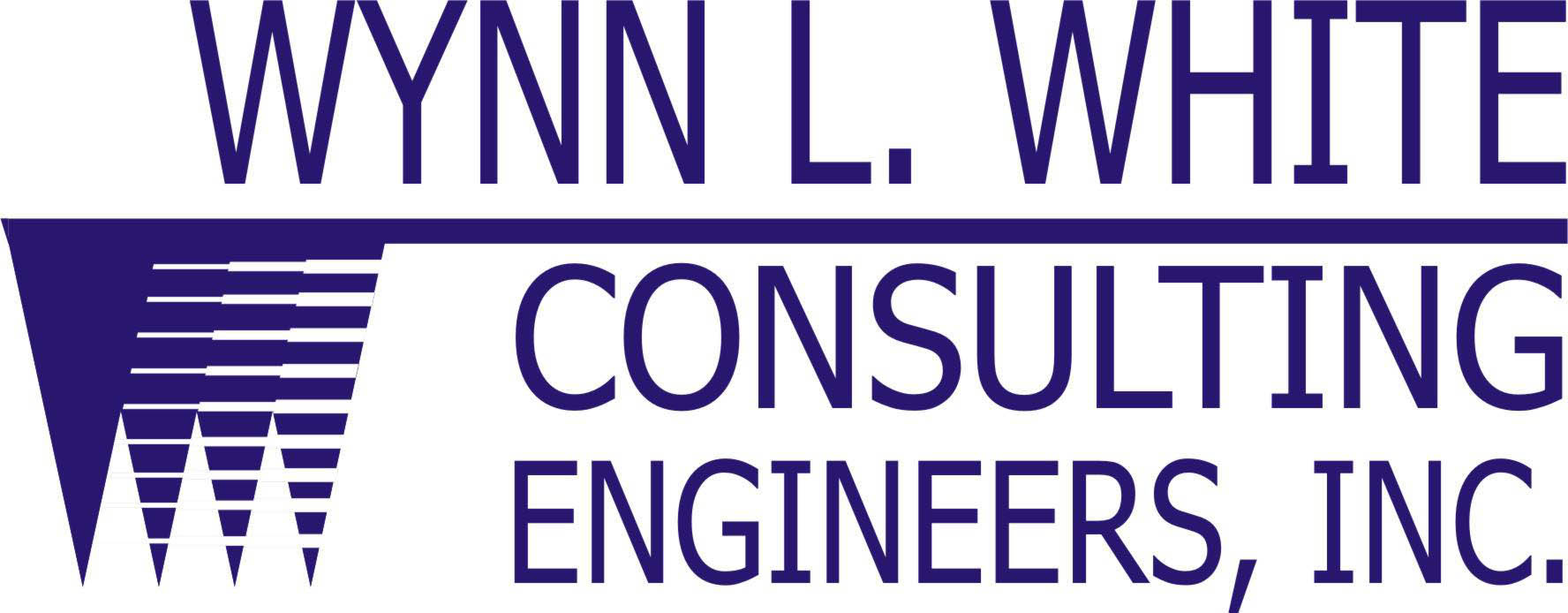UNUSUAL JOBSITE HAZARDS, TIGHT SCHEDULES, AND HIGH VISIBILITY

We help Specialty Contractors assess exposure potential for hazards such as asbestos, lead, hexavalent chromium, and welding fumes.
Just as the name implies, specialty contractors perform highly specialized tasks that might be too risky for other contractors to attempt. Or maybe the project schedule is too tight, and only certain contractors can meet the deadline.
Baseball teams use pinch hitters, utility players, and relief pitchers for special situations when the game is on the line. Petrochemical facilities do too.
Besides financial considerations due to loss of production, safety is at a premium, and Specialty Contractors play a vital role in reducing downtime and reducing project risk. In petrochemical facilities, many of these projects involve hazards like asbestos, lead, hexavalent chromium, and welding fumes.
Specialty Contractors must assess worker exposure to these hazards, and many times are required to assess exposure potential to others working close by. Sometimes the Specialty Contractor performs area air sampling along with personal monitoring to gather this data.
Wynn L. White Consulting Engineers, Inc. performs air sampling and contractor observation for these hazards, and we also provide contractor observation services to add to the project record.
HEXAVALENT CHROMIUM

Hexavalent Chromium (Cr(VI)) compounds, exist in several forms. Industrial uses of hexavalent chromium compounds include chromate pigments in dyes, paints, inks, and plastics; chromates added as anticorrosive agents to paints, primers, and other surface coatings; and chromic acid electroplated onto metal parts to provide a decorative or protective coating. Hexavalent chromium can also be formed when performing “hot work” such as welding on stainless steel or melting chromium metal. In these situations the chromium is not originally hexavalent, but the high temperatures involved in the process result in oxidation that converts the chromium to a hexavalent state.
Workers in many different occupations are exposed to hexavalent chromium. Occupational exposures occur mainly among workers who handle pigments containing dry chromate, spray paints and coatings containing chromate, operate chrome plating baths, and weld or cut metals containing chromium, such as stainless steel. Workers who breathe hexavalent chromium compounds at their jobs for many years may be at increased risk of developing lung cancer. Breathing high levels of hexavalent chromium can irritate or damage the nose, throat, and lungs. Irritation or damage to the eyes and skin can occur if hexavalent chromium contacts these organs in high concentrations or for a prolonged period of time.
There are several ways to reduce exposure to hexavalent chromium. Recommended controls vary from operation to operation. The preferred approach is to use engineering controls such as ventilation or equipment and process modification. If these controls are not sufficient, other controls may be implemented, including the use of respirators, eye protection, showering, and changing into street clothes before leaving the work area.
LEAD MONITORING
Lead overexposure is one of the most common overexposures found in industry, and is a leading cause of workplace illness. Therefore,

Protect your employees, and reduce turnaround time.
OSHA has established the reduction of lead exposure to be a high strategic priority. That means OSHA will want to see exposure monitoring data to check compliance with the OSHA Lead Standard.
It is also a major potential public health risk. In general populations, lead may be present in hazardous concentrations in food, water, and air. Sources include paint, urban dust, and folk remedies. Lead poisoning is the leading environmentally induced illness in children. At greatest risk are children under the age of six because they are undergoing rapid neurological and physical development.
Lead adversely affects numerous body systems and causes forms of health impairment and disease that arise after periods of exposure as short as days (acute exposure) or as long as several years (chronic exposure). The frequency and severity of medical symptoms increases with the concentration of lead in the blood. Common symptoms of acute lead poisoning are loss of appetite, nausea, vomiting, stomach cramps, constipation, difficulty in sleeping, fatigue, moodiness, headache, joint or muscle aches, anemia, and decreased sexual drive. Acute health poisoning from uncontrolled occupational exposures has resulted in fatalities. Long term (chronic) overexposure to lead may result in severe damage to the blood-forming, nervous, urinary, and reproductive systems.
The most effective way to protect workers is to minimize their exposure through engineering controls, good work practices and training, and the use of personal protective clothing and equipment, including respirators, where required. Engineering controls include material substitution, isolation, process/equipment modification and local ventilation. Some fundamental and easily implemented work practices are good housekeeping, appropriate personal hygiene practices, periodic inspection and maintenance of process and control equipment, proper procedures to perform a task, and appropriate supervision to ensure that the proper procedures are followed.
